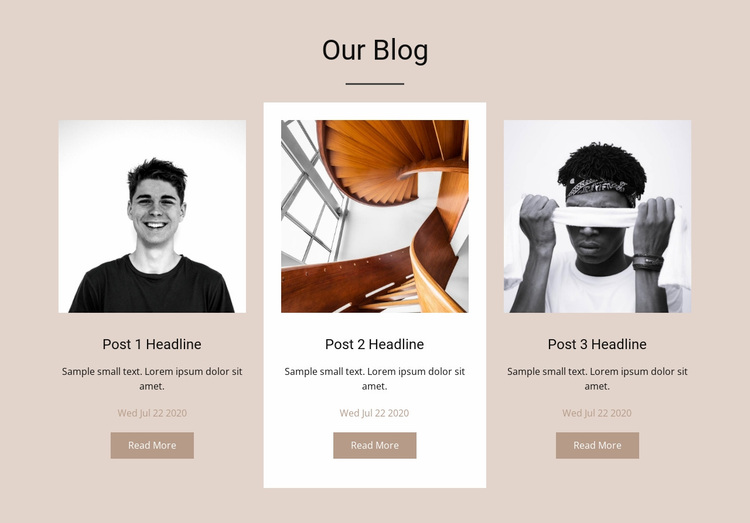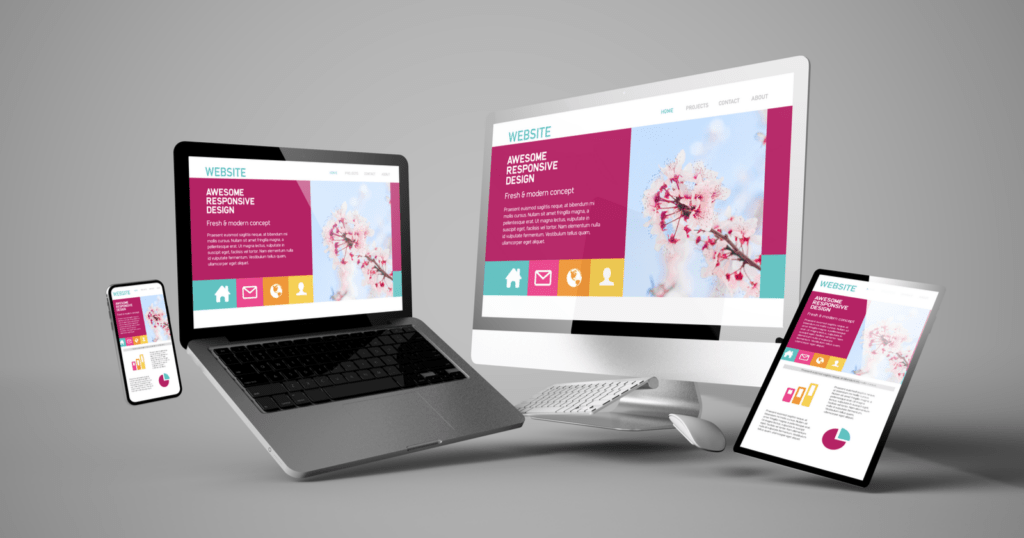Top Tips for Creating an Impactful Web Site Layout That Converts
To attain this, one must consider a variety of factors, including comprehending the target audience, focusing on individual experience, and enhancing for mobile platforms. The critical use of engaging call-to-actions and a well-defined visual power structure plays an important function in directing customers via their trip.

Understand Your Target Market
Comprehending your target audience is essential to efficient site design, as it lays the foundation for developing an interesting user experience. Determining that your individuals are, including their demographics, preferences, and behaviors, makes it possible for developers to tailor the site's content, design, and functionality to fulfill specific needs.
Performing detailed market research is important in this process. Surveys, interviews, and analytics can supply beneficial insights into user assumptions and pain points. By assembling this data, designers can develop user characters that stand for different sectors of the target market, making sure that design choices are notified and relevant.
In addition, recognizing the target market assists in picking ideal style components such as color design, typography, and images that reverberate with users. A website that talks straight to its target market promotes a sense of link and depend on, encouraging longer brows through and higher conversion prices.
Eventually, a user-centered method to internet site style not only boosts individual satisfaction however additionally sustains business purposes by driving engagement and loyalty. By prioritizing the demands and preferences of the target audience, an internet site can efficiently offer its function and accomplish preferred results.
Prioritize Customer Experience
To enhance the general efficiency of an internet site, focusing on customer experience (UX) is crucial (Website Design). A well-designed UX guarantees that visitors can browse the site effortlessly, discover info promptly, and involve with content meaningfully. This brings about boosted user fulfillment and greater conversion rates
Begin by executing instinctive navigation. Menus must be realistically structured, enabling customers to situate vital locations of the site with very little initiative. Consistency in design components, such as color schemes and font styles, promotes familiarity, which is essential for maintaining individual involvement.
In addition, think about the filling speed of your web site. A delay of just a couple of seconds can cause considerable drop-offs, as users are less most likely to await a slow-loading web page. Streamlining pictures and optimizing code can improve efficiency and preserve visitors.
Additionally, clearness in content discussion is crucial. Use concise, interesting language and damage up message with visuals to boost readability. By prioritizing customer experience, you not only develop a more pleasurable environment for site visitors yet likewise enhance your brand name's credibility. Inevitably, a concentrate on UX is an investment in the long-term success you could try this out of your website.
Enhance for Mobile Tools
Optimizing for smart phones is crucial in today's electronic landscape, where a raising number of users access sites via smartphones and tablets. A mobile-friendly style not only enhances user experience yet additionally plays a substantial function in boosting online search engine rankings. To attain this, it is vital to take on a receptive layout that automatically adapts to different display dimensions and alignments.

Filling rate is an additional important aspect; mobile customers are commonly much less person and expect quick accessibility to information. By prioritizing mobile optimization, you make sure that your site continues to be competitive and effectively involves a broader audience.
Usage Compelling Call-to-Actions
A site's effectiveness typically depends upon its capacity to direct visitors toward desired actions, making compelling call-to-actions (CTAs) important parts of style. CTAs offer as the pivotal points that route users to involve with the website, whether that indicates purchasing, authorizing up for an e-newsletter, or downloading and install a source.
To develop efficient CTAs, quality is paramount. Use succinct language that clearly communicates the activity you want the customer to take.
In addition, the style of CTAs should attract attention without being meddlesome. Employ contrasting colors and clear typefaces to guarantee they record interest. In addition, consider using directional signs, such as arrows or pictures, to direct users towards these switches. By concentrating on these components, organizations can significantly boost customer interaction, driving conversions and eventually accomplishing their web site's goals.
Concentrate On Visual Power Structure
Reliable web site style depends greatly on a well-structured aesthetic hierarchy that overviews customers via web content flawlessly. By arranging components in a manner that prioritizes details, designers can boost customer experience and assist in decision-making. This involves using size, color, contrast, and spacing strategically to accentuate one of the most critical parts of a page.
The use of bigger typefaces for headings and subheadings develops a clear difference in between different sections, allowing individuals to scan material effortlessly. Additionally, using contrasting shades for switches and calls-to-action can capture customer attention and encourage interaction. Whitespace is an additional vital component; find out here it avoids mess and allows individuals to concentrate on key messages without disturbances.
Images and graphics should enhance the text while also adhering to the established power structure, strengthening the general message (Website Design). Uniformity in design aspects, such as color plans and typography, further enhances the aesthetic pecking order, making navigating instinctive
%20%5B60%25%5D.jpg)
Conclusion
In final thought, effective site style demands a detailed understanding of the target audience, prioritization of user experience, and mobile optimization. Ultimately, a well-executed web site style serves as an essential component in driving user activities and achieving company purposes.